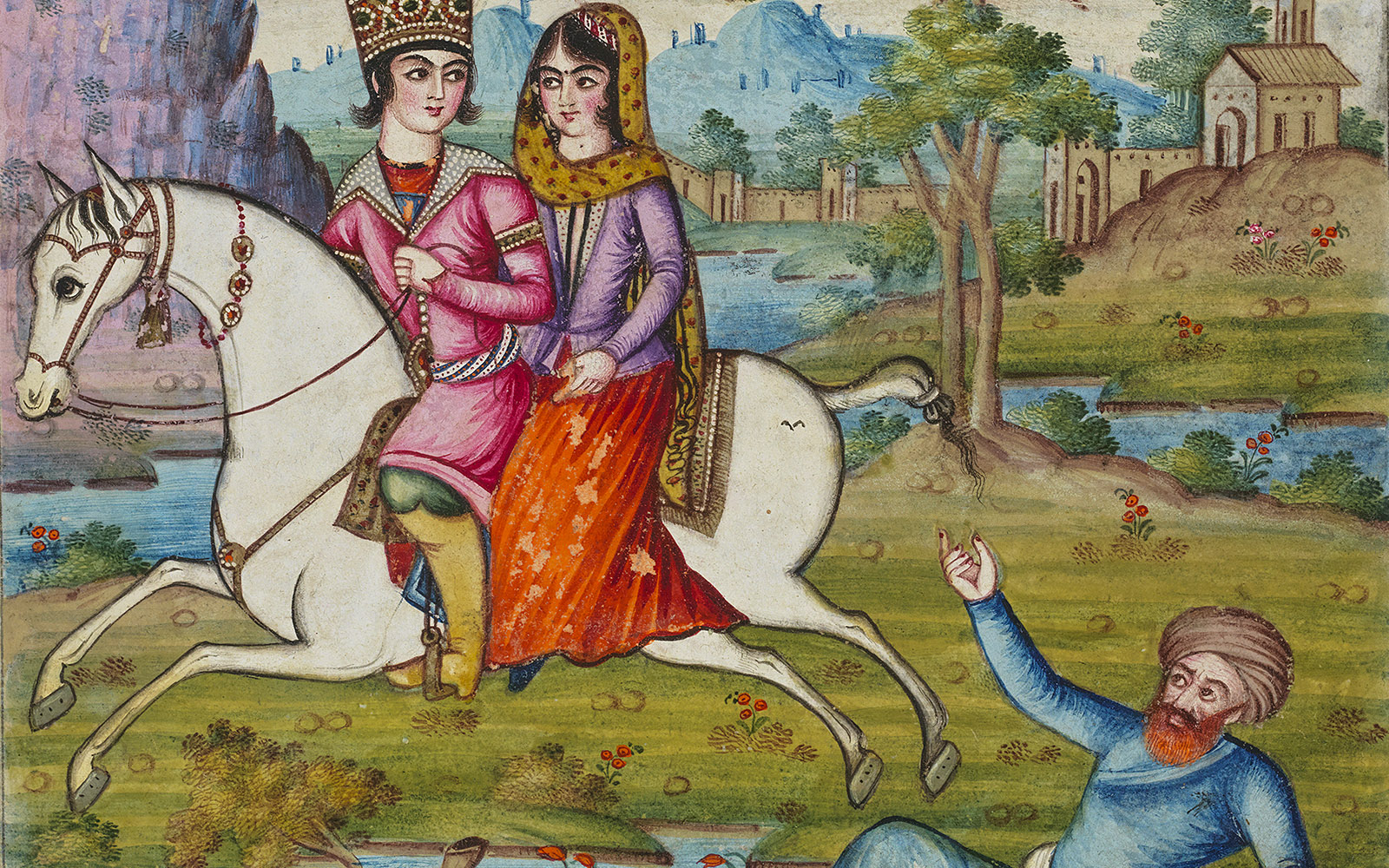How many voices does a museum have?
Museums as spaces of multiple readings
Event Slider
Cycle of conversations – How many museums are there within a single museum?
As Europe explores the reality of a progressively more diverse identity, museums have come to question their role in society. To what extent is it the mission of such institutions to create exhibitions and activities that meet these new cultural and social dimensions? How can museums use their collections to offer contents that reflect multiple perspectives and open space for communication? How can they avoid making the mistake of speaking to a minority instead of giving it a voice?
This conversation focuses on the new project ‘The Power of the Word’, which seeks to answer some of these questions by introducing new voices and perspectives in the Middle East gallery of the Calouste Gulbenkian Museum. Opening the collection to the investigations and questioning of a group of Arab, Persian, Muslim, non-Muslim, Portuguese and other foreign participants, we seek to make the curatorial process accessible to different areas of knowledge and life experiences, creating rotating exhibitions that bring together various elements of material and immaterial culture.
Conversation with Diana Pereira, Farhad Kazemi, Jessica Hallett and Shahd Wadi.
SPEAKERS
Diana Pereira is a cultural mediator and works in the Educational Service of the Calouste Gulbenkian Museum. She has been responsible for adult programming since 2016, developing strategies for independent audiences and long-term projects for specific groups. She collaborates in the creation and implementation of processes designed according to the needs of each project, through collaborative practices with other professionals and participants. She has a degree in Art History (Faculty of Social and Human Sciences of the Universidade Nova in Lisbon) and a Masters in Museum Studies (University of East Anglia).
Farhad Kazemi was born in Iran in 1971 and emigrated to France at the age of 13. Initially studying medicine and practising as a doctor for 23 years, he began studying Art History for pleasure in 2011. He went on to obtain a master's degree from the Université de Sorbonne in Paris and began a career in the arts. He worked at the Institut national du Patrimoine and is currently completing his training as a curator. His area of interest is the medieval period in both the East and the West.
Jessica Hallett is a curator especially dedicated to the Middle East at the Calouste Gulbenkian Museum. She has curated several exhibitions in Lisbon, including Cultures of the Indian Ocean (1998) and The Oriental Carpet in Portugal (2007, winner of the Reynaldo Santos Prize). More recently, she curated The Rise of Islamic Art, which examined Calouste Gulbenkian's collecting in the geopolitical context in which he lived (2019). Her doctoral thesis (Oxford University) gave rise to the exhibition Iraq and China: Ceramics, trade and innovation at Arthur M. Sackler Gallery, the Smithsonian Institution, Washington D.C. (2004). Her publications include several academic articles as well as the books Vidros Mamelucos no Museu Calouste Gulbenkian (2000) and All His Worldly Possessions: The patrimony of the 5th Duke of Bragança, D. Teodósio I (co-editor, 2018).
Shahd Wadi is Palestinian, among other identities, but her freedom is mainly Palestinian. She sought her resistance by completing a PhD dissertation in Feminist Studies at the University of Coimbra, a project which served as the basis for her book Corpos na trouxa: histórias-artísticas-de-vida de mulheres palestinianas no exílio (2017) and which saw her selected to participate in the Best Young Researchers (ERD) platform. She obtained her master's degree in the same field from the same university with a thesis entitled 'Feminismos de corpos ocupados: as mulheres palestinianas entre duas resistências' (Feminisms of occupied bodies: Palestinian women between two resistances, 2010). The theses for each of her degrees were judged to be the best in the country in the area of Feminist Studies. In her research she addresses artistic narratives in the context of the Israeli occupation of Palestine and considers the arts as a testimony of life, including her own.
International Museum Day
This is one of the activities we have prepared to celebrate International Museum Day, which will have an online-only programming this year. Conferences, a virtual exhibition and a guided tour to the Gulbenkian Museum are some of our suggestions for this day.
Find out more
